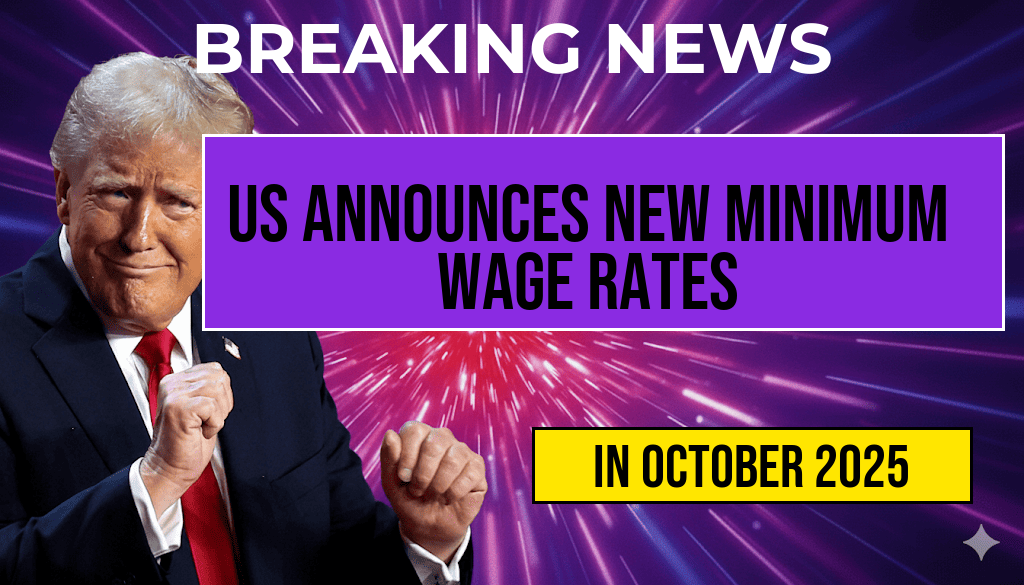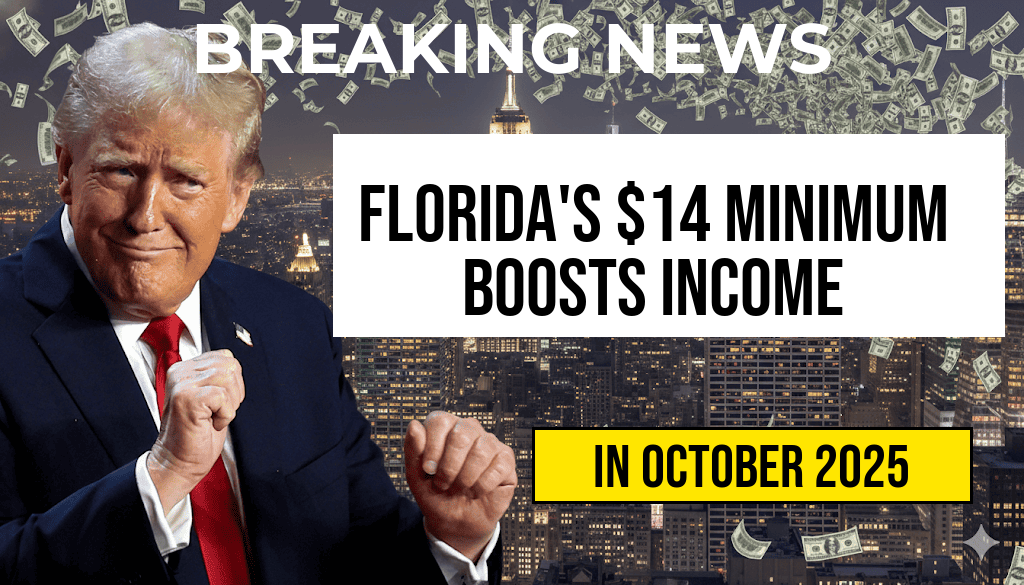The U.S. Department of Labor has announced a nationwide increase in the federal minimum wage, effective September 30, 2025. The adjustment raises the minimum hourly rate for covered employees across various industries, reflecting ongoing efforts to keep pace with inflation and living costs. This change impacts millions of workers in sectors from retail and hospitality to manufacturing and government roles, marking a significant shift in the country’s wage policies. The updated rates vary by state and locality, with some regions implementing their own minimum wage standards that either align with or surpass the federal level. Employers are expected to update their payroll systems accordingly, and workers should anticipate a boost in their minimum pay starting in late September. The new wage structure aims to support economic stability and improve earnings for low-wage earners, amid ongoing discussions about wage equity and economic recovery across the United States.
Details of the Federal Minimum Wage Increase
Scope and Implementation
The new federal minimum wage will rise from its current rate of $7.25 per hour to $8.50 starting September 30, 2025. The increase is part of a scheduled adjustment mandated by the Fair Labor Standards Act (FLSA), which periodically reviews and updates wage standards based on economic conditions and inflation metrics. This change will affect approximately 1.5 million workers covered under federal minimum wage laws, including employees in industries where federal oversight is applicable. However, many states and municipalities have established their own minimum wage rates, which often exceed the federal baseline, and these local standards will remain in effect where applicable.
Regional Variations and Local Policies
While the federal minimum wage provides a baseline, local governments retain the authority to set higher wages. For instance, California, New York, and Washington have already implemented minimum wages significantly above the federal level, with rates surpassing $15 per hour in some cities. Conversely, some states, such as Alabama and Mississippi, do not have state-mandated minimum wages, leaving workers reliant on the federal standard. Employers operating in multiple jurisdictions will need to adjust their payroll systems to comply with the highest applicable rate in each location.
Updated Hourly Rates by State and Localities
| State/Region | Minimum Wage | Notes |
|---|---|---|
| Federal (Nationwide) | $8.50 | Applicable in states and localities without higher standards |
| California | $16.00 | Some cities exceeding this rate |
| New York | $15.50 | Higher in New York City and Long Island |
| Texas | $8.50 | Matching federal minimum in most areas |
| Florida | $11.00 | Scheduled to increase further in upcoming years |
| Illinois | $13.00 | Part of phased increases over the next few years |
| Alabama | $7.25 | No state minimum wage law; federal applies |
| Washington | $15.74 | One of the highest statewide minimum wages |
Impacts and Reactions
Workers and Employers
Labor advocates have welcomed the increase as a step toward fairer compensation, especially amid rising costs for housing, healthcare, and transportation. According to Wikipedia, the federal minimum wage has remained unchanged since 2009, prompting calls for more regular adjustments. Employers, however, express concerns about potential impacts on staffing costs and competitiveness, particularly among small businesses. Many are already planning to update their payroll systems to reflect the new rates and are reviewing their wage structures to remain compliant.
Economic and Policy Considerations
Economists observe that incremental wage increases can help reduce income inequality and stimulate consumer spending, but they also caution about the potential for increased labor costs to influence prices. Policy analysts note that the federal adjustment aligns with broader efforts to combat stagnating wages and support economic recovery following recent downturns. The Biden Administration has reiterated its commitment to advancing wage growth, emphasizing that fair pay is integral to long-term economic stability.
Looking Ahead
The scheduled minimum wage increase marks a notable milestone in ongoing debates over wage standards and economic policy. Workers and advocates will monitor the implementation closely, hopeful that this adjustment will contribute to more equitable earnings across sectors. Employers and policymakers continue to evaluate the broader implications of wage adjustments, especially as some regions pursue higher standards through local legislation. For a detailed list of state-specific minimum wages and upcoming changes, visit the U.S. Department of Labor’s official site.
Frequently Asked Questions
What is the effective date of the new minimum wage rates in the United States?
The new minimum wage rates will become effective on September 30, 2025.
Which regions or states are affected by the updated minimum wage rates?
The article provides a full list of updated hourly rates for various regions and states across the United States, reflecting the recent increase.
How much will the minimum wage increase in specific areas?
The article details the specific hourly rates for each region, showing the percentage increase compared to previous wages.
Are there any exceptions or special cases included in the new wage rates?
Yes, certain exceptions or special cases such as tipped employees or youth wages are addressed within the updated rates.
How might this wage increase impact employers and employees?
The wage increase is expected to benefit employees by increasing their earnings, while employers may need to adjust their payroll and staffing strategies accordingly.






